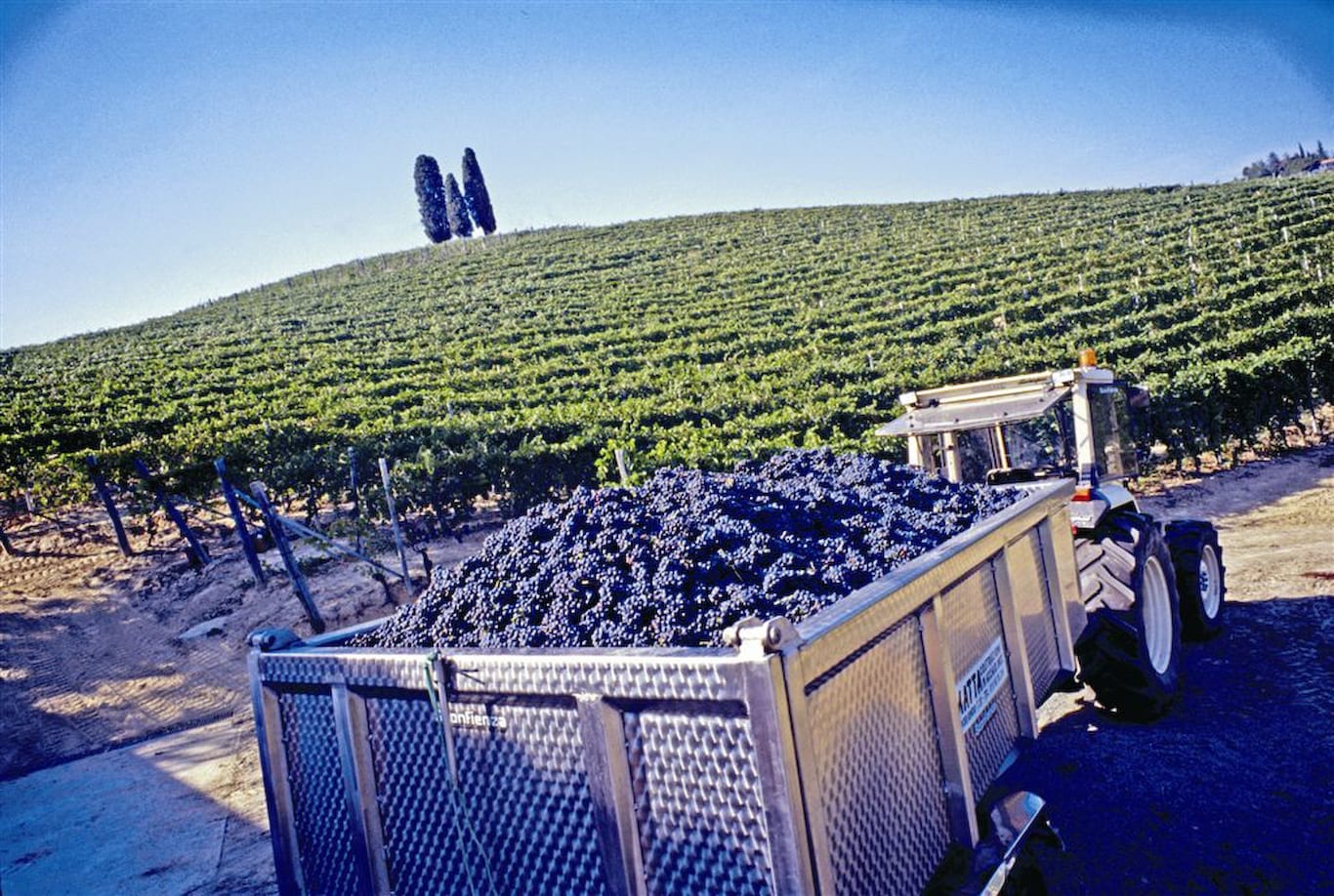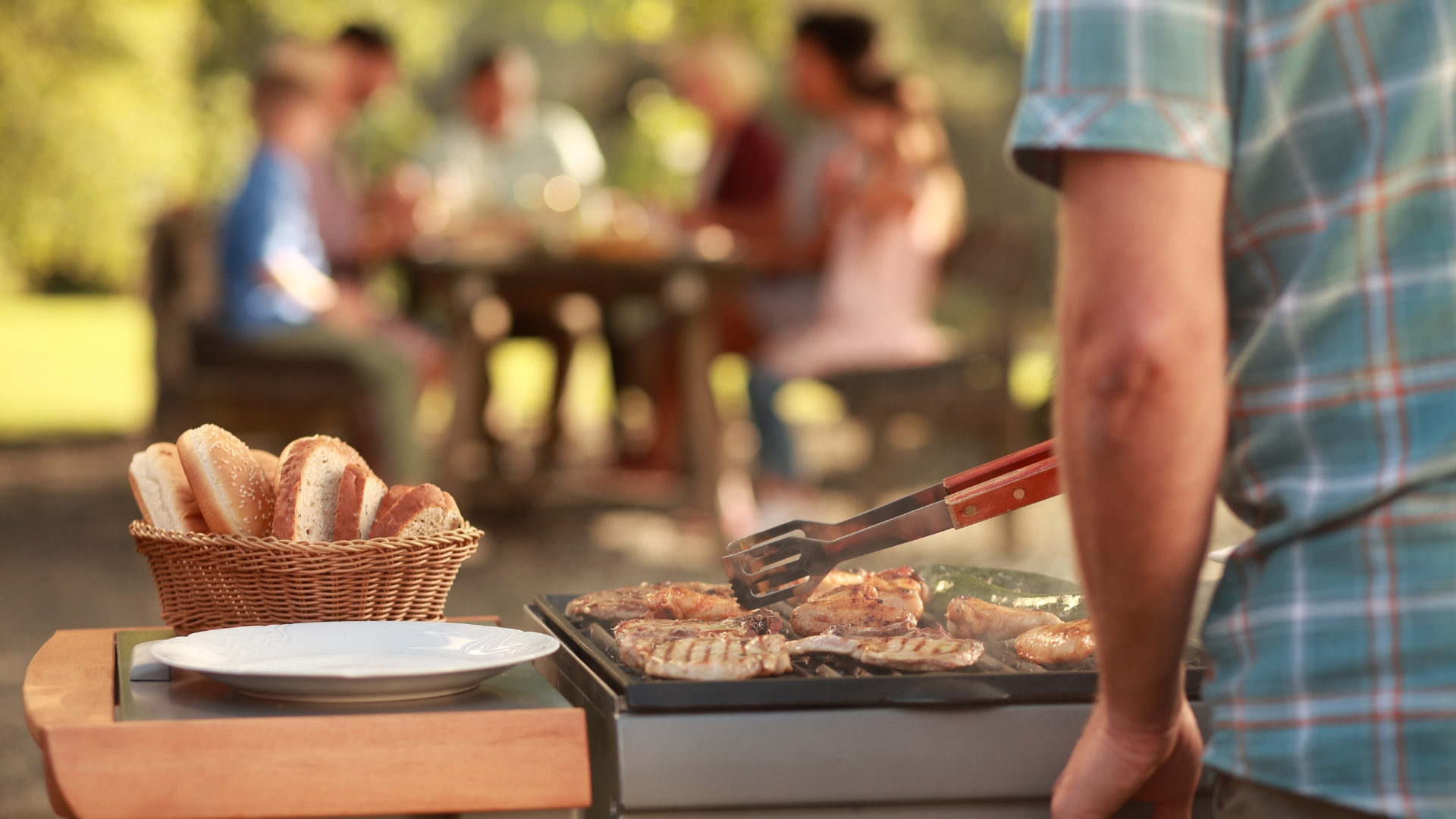Piedmont, Italy is widely known for its age-worthy reds made from the Nebbiolo grape – Barolo and Barbaresco – but for those who have just been introduced to this northern Italian wine region, Barbera might be a better first-taste choice.
Barbera wine, made from the native Piedmontese grape variety Barbera, has a fruity, tart (read: acidic) profile with notes of red cherry, raspberry, blackberry, and spice. Its juicy, light style with high acidity makes the wine very approachable and easy to pair with food – and, a bottle of this red wine is easy on the wallet.
Barbera has long been the everyday drink on Piedmontese tables, and it is an integral part of the local wine culture. Roughly half of all the vineyards in Piedmont are Barbera, a vast diffusion that happened during the regrowth period between World Wars I and II, after phylloxera destroyed swaths of vines throughout Europe. Farmers and viticulturalists chose Barbera for its vigorous, consistent yield, ease of cultivation, and fruity, friendly flavor.
A bottle of Barbera wasn’t always as well-turned-out as it is now, however. The wine used to be produced as a classic vino da tavola, simple, straightforward, and at times a little rough around the edges. The Piedmontese used to say that Barbera could be added to the sweeter Freisa, another native Piedmontese wine, to kick-start its fermenting process (note that today, Freisa can make wonderful, deeply fruity wines). Its drinkability and productive capacity helped catapult Barbera to popularity, but this also pitted it against the famed, elegant, age-worthy Nebbiolo wines Barolo and Barbaresco. For a long time, up until about the 1980s, people did not believe that Barbera had potential for the superior quality wines that are produced today, giving rise to a less-than-stellar reputation.
Thankfully, winemakers with passion, integrity, and vision are found in spades in Piedmont, and they recognized what Barolo’s and Barbaresco’s “little brother” had to offer. Barbera vines were given care, priority, and prized plots of land; winemaking and vineyard management improved in the region overall; and producers started crafting high quality wines with more nuance and precision but still the friendly and drinkable Barbera we know.

Today, from Langhe to Roero and even beyond Piedmont into Lombardy, Emilia-Romagna, and beyond, dozens of denominations are linked to this variety, ranging from productive to prestigious. The label gives an indication of which region the grapes were grown. Some of the most common Piedmontese denominations are Barbera d’Alba (“from Alba”), Barbera d’Asti (“from Asti”), Barbera del Monferrato (“from the Monferrato”) and Nizza. This last provides a wonderful example of how far Barbera has come.
After being recognized as a subzone of Barbera d’Asti DOCG wines for years due to the difference in quality of wine, Nizza DOCG gained its own distinct denomination in 2014. Grown in Monferrato and always 100% Barbera (whereas other denominations have 10-15% allowed maximum blend of non-aromatic native grape varieties), it shows how producers are focusing on maximizing the expression of terroir in this once-downplayed grape. Nizza DOCG wines are aged longer for a minimum of 18 months, six in the barrel; and they show complexity, structure, and a softer roundness with notes of mature dark fruits.
The thing that sets Barbera apart is its striking acidity, which helps it pair well with a wide variety of foods and cut through rich and fatty dishes. A good Barbera wine will be the perfect balance of fruity yet almost savory and have a satisfying fullness. Barbera is definitely a foodie’s wine: it pairs well with tomato-centric dishes like pizza and pasta, roasted and braised meats from beef to poultry, earthy mushrooms, braised vegetables, and rich cheeses.




